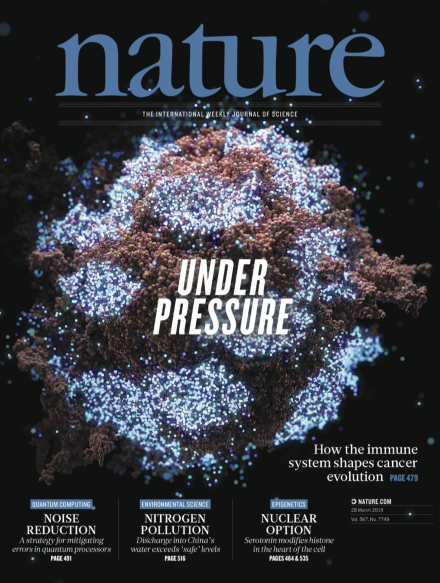Volume 567 Issue 7749, 28 March 2019
This Week
-
Editorial
-
-
World View
-
Research Highlights
-
Seven Days
News in Focus
-
News
-
Features
Comment
-
Comment
-
Books and Arts
-
Correspondence
-
Obituary
Technology
-
Technology Feature
-
Cellular censuses to guide cancer care
Collection:
-
Careers
-
Features
-
Q&A
Futures
Research
-
News & Views
-
Analysis
-
Articles
-
Letters

